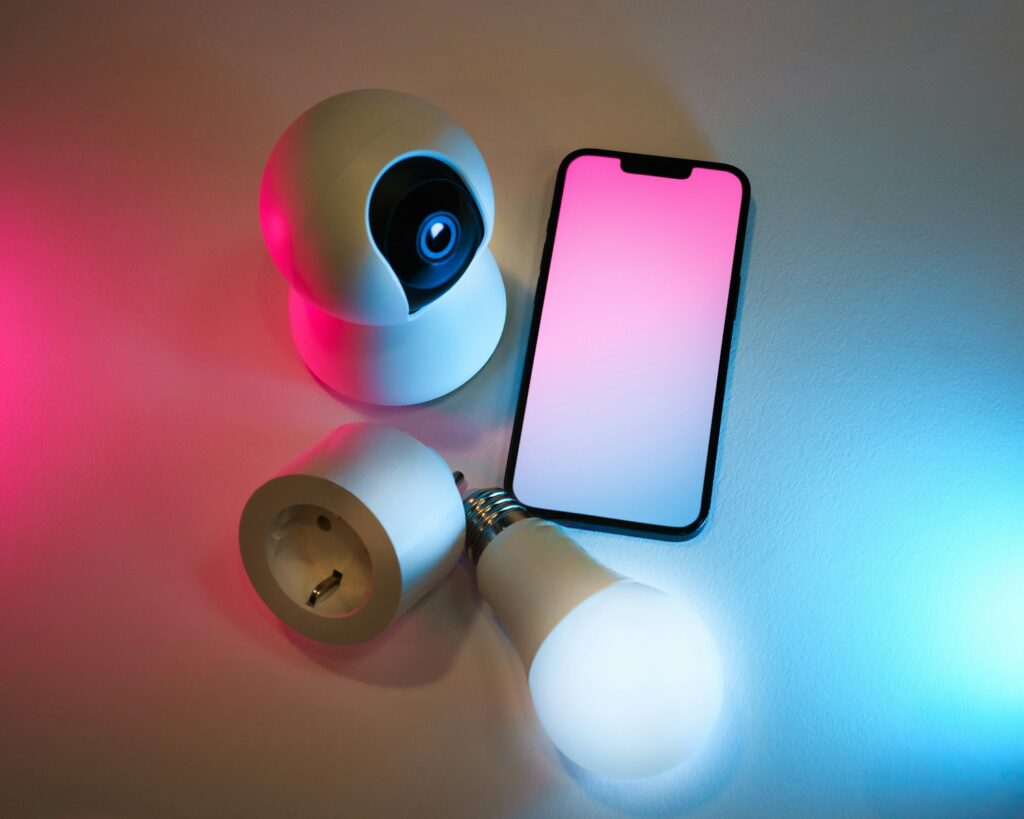
Our homes are becoming increasingly interconnected, with smart devices seamlessly integrating into our daily routines. From setting alarms and playing music to managing thermostats and lights, voice assistants have ushered in an era of unparalleled convenience. Indeed, our world is more connected than ever, and it is now common for people to have smart devices that create and collect data throughout their home or office. These devices often include voice assistants that perform basic tasks when prompted with a verbal command, truly making our lives easier in countless ways.
However, beneath this veneer of effortless control lies a complex landscape of data collection and privacy considerations that many users remain unaware of. Despite living in a digital world, many people still prefer to protect their personal and private data. That concern causes some to forego a voice assistant for safety reasons. Yet, a recent survey revealed that 76% of respondents stated they use these devices, highlighting a fascinating dichotomy between perceived risk and actual adoption.
This in-depth exploration will dissect the fundamental mechanisms by which smart speakers operate, expose the often-overlooked vulnerabilities in their design, and scrutinize the critical implications of how our most private conversations are handled in the cloud. Our goal is to shed light on how these smart devices actually work, including Siri, Google Assistant, and Alexa, and to equip you with the knowledge to navigate the digital complexities of your smart home, ensuring your convenience doesn’t come at the cost of your privacy. We delve into findings that suggest the public does not realize the scope of personal data that voice assistants can collect and share.
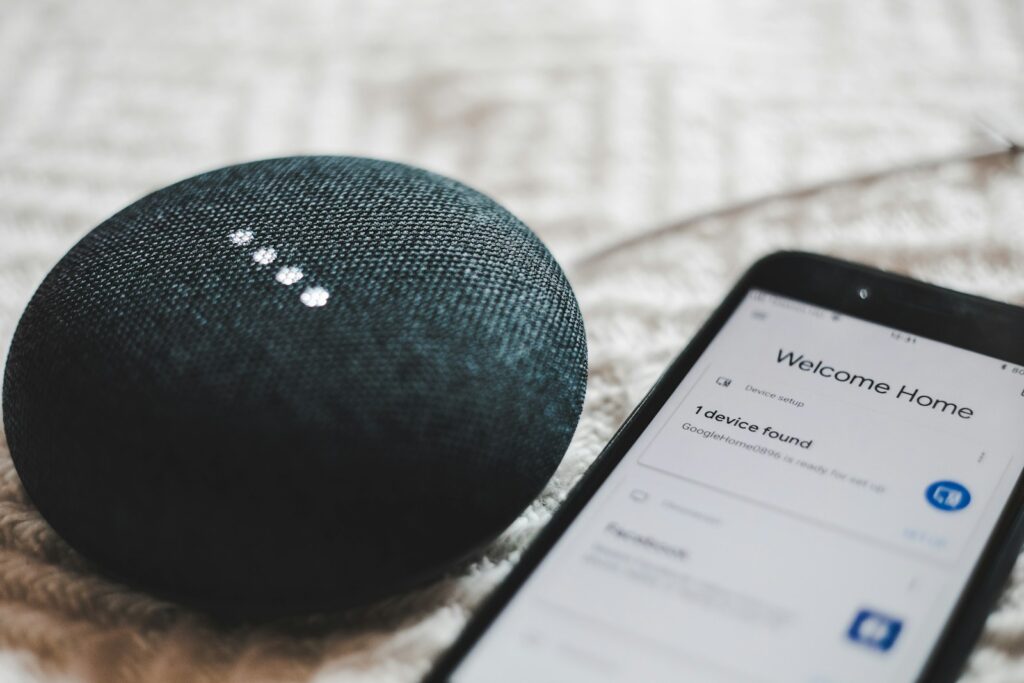
1. **The “Always-Listening” Reality**: The core functionality of any smart speaker hinges on its ability to respond to our vocal cues. Many users intuitively understand that saying a wake word like “Alexa” or “OK, Google” prompts their device into action. What isn’t always clear, however, is the intricate process that allows for this seemingly instantaneous responsiveness. Smart speakers operate using a two-stage listening process, a sophisticated system designed to balance constant readiness with data privacy.
In its first stage, a smart speaker is indeed always listening, but not actively recording. Devices like the Amazon Echo and Google Nest are continuously processing ambient audio locally on the device itself. This local processing is highly specialized, scanning for specific acoustic patterns that match their designated wake words. During this passive listening phase, the device analyzes all background noise, searching for sounds that match its assigned wake word, but it is not recording or transmitting audio to cloud servers. Nearly half of those surveyed did not realize that voice assistants are always listening.
It is only after the device detects its wake word that it transitions into the second stage: active recording. At this point, the microphone activates, and the device begins recording everything from the wake word until it determines you’ve finished speaking. This audio file is then uploaded to cloud servers, such as Amazon Web Services or Google Cloud, for further processing. The listening process of a voice assistant reflects the pursuit of a seamless user experience, but it’s crucial to distinguish between merely listening for a trigger and actively capturing your speech for transmission and analysis.
2. **The Peril of False Activations**: While the two-stage listening process is designed to protect privacy by only recording after a deliberate wake word, this system isn’t foolproof. The sophistication of speech recognition technology, combined with the inherent unpredictability of human conversation, can lead to instances where smart speakers are mistakenly activated. These false activations represent a significant, yet often overlooked, privacy risk, potentially capturing sensitive moments that were never intended for a cloud server.
A Northeastern University study highlighted this vulnerability, suggesting that there are over 1,000 word combinations that could falsely activate Alexa to start listening for commands. What makes this finding particularly concerning is that some of these words are common in everyday language, such as “unacceptable” and “election.” This means that your smart speaker, without any deliberate prompt from you, could misinterpret a casual conversation as a command, leading it to activate its recording function.
The consequence of such false positives is direct and potentially intrusive: they could send recordings of your voice to cloud servers even if you didn’t actually want them to. In 2019, a contractor for a firm that grades Apple devices claimed accidental Siri activations can capture private moments. While companies like Apple have pledged to reform their grading systems in response to such concerns, the fundamental risk of unintended recordings due to misinterpreted speech remains a tangible threat that users must acknowledge and guard against.
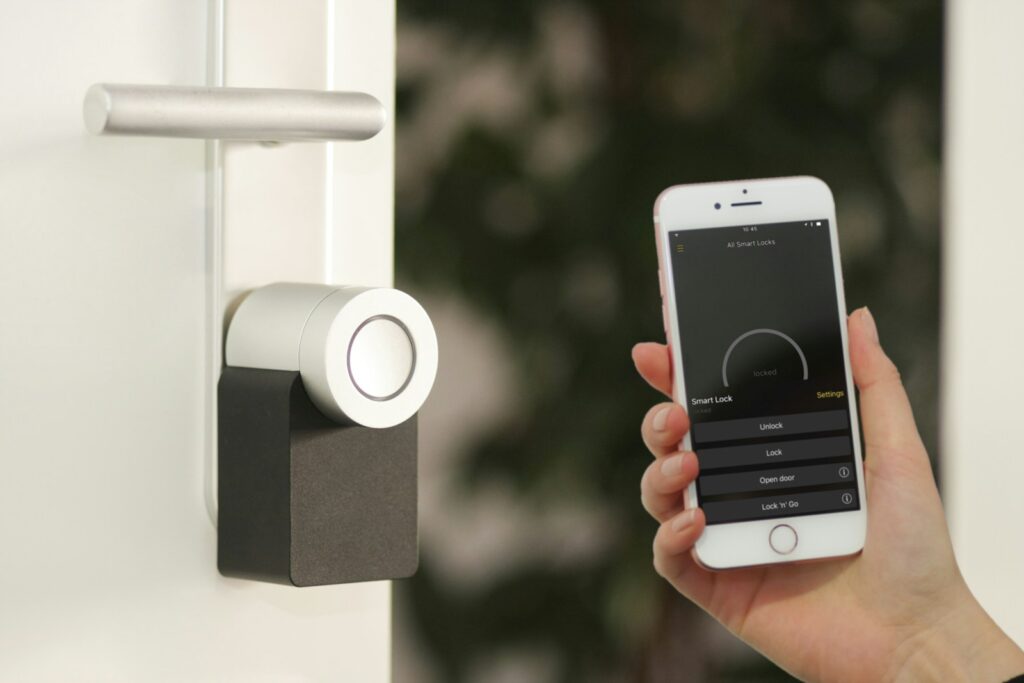
3. **Indefinite Cloud Storage Defaults**: Once a smart speaker is activated, whether intentionally or accidentally, and a recording is made, the destination for that audio file is the cloud. However, the policies and default settings governing the storage and retention of these recordings vary significantly between major manufacturers, creating distinct privacy implications that every user should understand. What gets stored in the cloud when your smart speaker activates is everything from the wake word until it determines you’ve finished speaking. This audio file is then uploaded to Amazon Web Services or Google Cloud, where it’s processed by both automated systems and, in some cases, human reviewers.
Amazon, for instance, stores these recordings indefinitely by default. Without any intervention from the user, every command and subsequent conversation segment is retained on their servers, providing a rich, ongoing dataset. This policy reflects a focus on using historical data to “provide and improve our services” and for “advertising and marketing,” as Amazon’s privacy policy acknowledges. The sheer volume of personal information contained within these recordings – daily routines, family relationships, private conversations – makes this indefinite storage a critical point of consideration for privacy-conscious individuals.
In stark contrast, Google takes an opposite approach. By default, Google does not store recordings, and you need to manually turn recording storage on if you want it. This difference in default settings is a crucial distinction, as it places the onus of data retention squarely on the user’s choice rather than mandating it. Regardless of the default, both Amazon and Google provide easy access to review and delete stored recordings through their respective apps. Our experts recommend checking your voice recording history monthly, a simple yet effective privacy tip to maintain control over your digital footprint.
Read more about: 14 Common Calibration Mistakes 9 Out of 10 Users Make with New Monitors
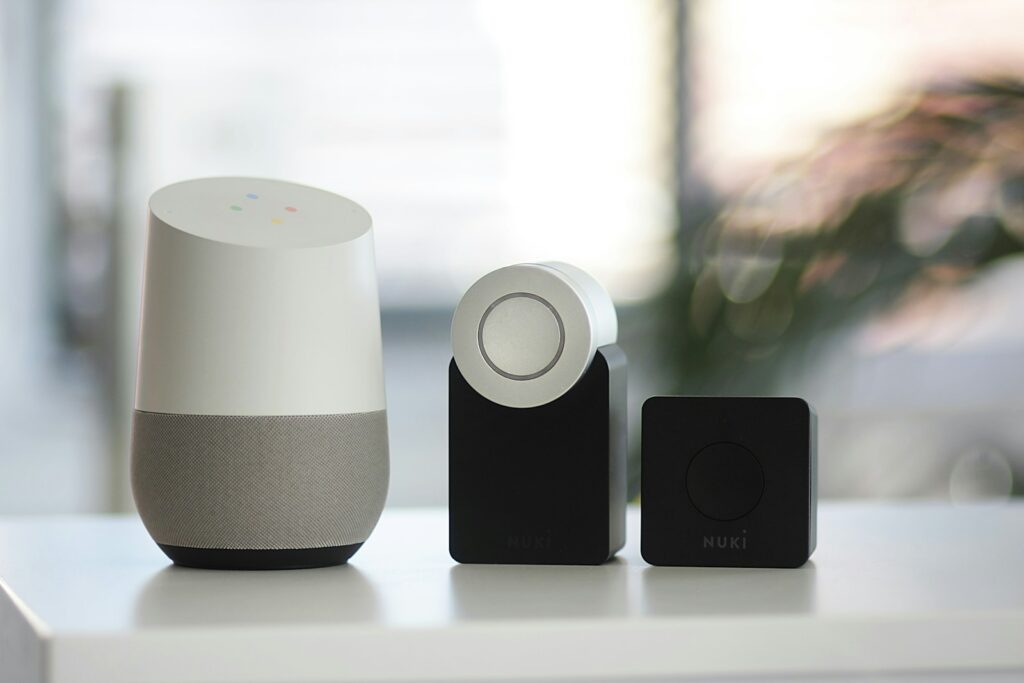
4. **The Threat of Data Breaches and Unauthorized Access**: The storage of private conversations in vast cloud servers, while offering the convenience of advanced processing and personalization, inherently introduces a significant privacy risk: the potential for data breaches and unauthorized access. Even if companies employ robust security measures, no system is entirely impenetrable, and the aggregation of highly personal information makes these repositories incredibly tempting targets for malicious actors. Smart speaker recordings contain highly personal information about your daily routines, family relationships, and private conversations. This data becomes a valuable target for cybercriminals.
While data breaches at tech giants like Amazon and Google are exceptionally rare, our research shows that they have occurred in the past, demonstrating that the potential vulnerability is very real. For instance, in 2023, a hacker exposed the personal information of 2.8 million Amazon employees. Although this specific incident did not expose any stored voice recordings, it undeniably showcases the potential vulnerability of these data giants and underscores the fact that even the most sophisticated security infrastructures can be compromised. Such events serve as a stark reminder that trusting a third party with sensitive data always carries an inherent level of risk.
A breach of voice recording data could have profound consequences, far beyond typical identity theft. Imagine the exposure of intimate family discussions, sensitive health information, or confidential professional conversations. This type of data could be exploited for blackmail, targeted scams, or even physical security threats if daily routines are revealed. The convenience of voice activation must be weighed against the significant privacy risk that improper data security poses, making awareness of these potential vulnerabilities paramount for every smart home owner.
Read more about: Shielding Your Digital Self: A Guide to Protecting Your Identity from 12 New AI-Powered Scams

5. **Navigating Third-Party Data Sharing**: Beyond the direct threat of data breaches, another critical area of privacy concern revolves around how the insights derived from your voice interactions are shared, or not shared, with third parties. Major big data companies have complex relationships with advertising partners and data brokers, and while they may not directly sell raw voice recordings, the processed intelligence gathered from your spoken words can subtly, yet powerfully, influence targeted advertising and product recommendations across various platforms.
Insights derived from your conversations, such as shopping preferences, lifestyle habits, and family dynamics, can indirectly fuel these advertising ecosystems. For example, if you frequently discuss a particular product or service within earshot of your smart speaker, algorithms can detect these patterns and feed them into your user profile. This profile then informs the personalized ads you encounter online, whether on social media, search engines, or even within other apps, creating an uncanny sense that your devices are indeed “listening” to your every thought.
Amazon’s privacy policy acknowledges that voice recordings may be used to “provide and improve our services” and for “advertising and marketing,” while Google’s policy is similarly broad, stating that voice data helps “develop and improve Google services,” which may include their advertising services. This broad language allows for significant leeway in how data insights are utilized. To add an extra layer of security for accessing your voice recording data, our expert recommendation is clear: enable two-factor authentication on your Amazon and Google accounts, a crucial step in safeguarding your digital identity from unauthorized access to your aggregated data.
Read more about: Your Ultimate Guide: 14 Critical Car Rental Mistakes Abroad (And How to Dodge Them!)
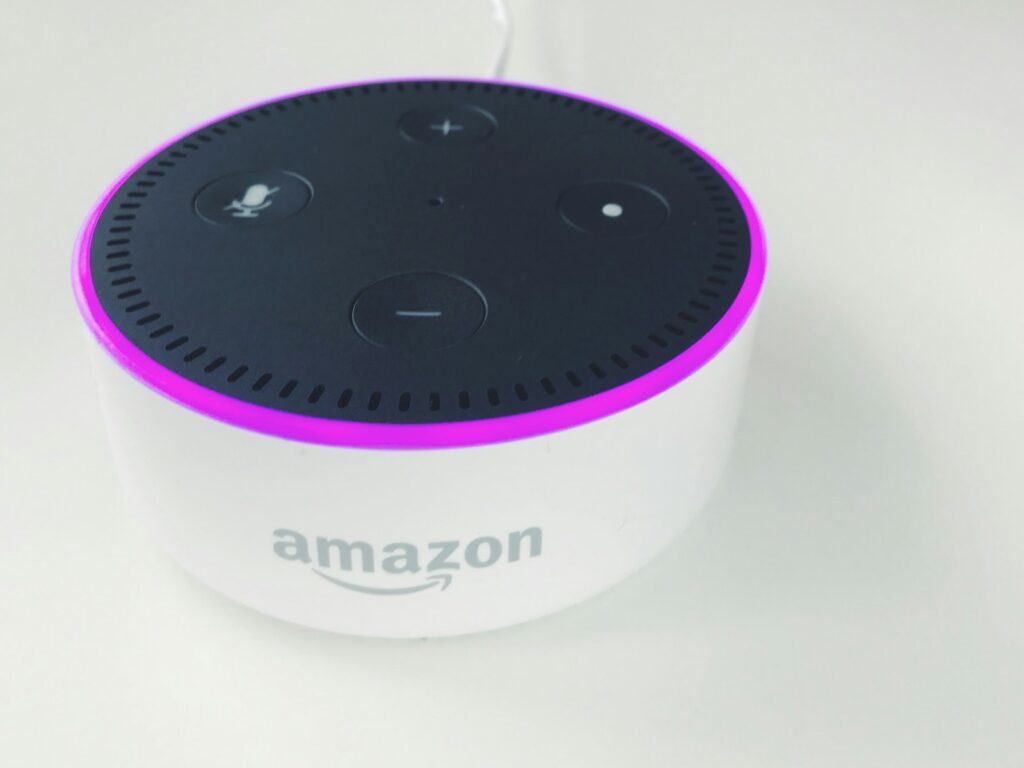
6. **Disabling Voice Recording on Amazon Alexa**: Understanding the potential risks is the first step; taking proactive measures to mitigate them is the next. For Amazon Alexa users, the platform provides several options to manage voice recordings and significantly limit data collection from Echo devices. Implementing these controls is essential for anyone looking to reclaim a higher degree of privacy within their smart home ecosystem and prevent their private conversations from being stored indefinitely.
The initial and most direct action you can take is to delete your existing voice recordings. This effectively erases historical data that Amazon may have accumulated. To do this, simply open the Alexa app on your smartphone, navigate to Settings > Alexa Privacy > Review Voice History. From there, you can select “Delete all recordings for all time” or opt to choose specific date ranges for removal. Confirming your choice will permanently remove selected recordings, offering an immediate reset of your voice data history with Amazon.
To prevent your Alexa devices from storing future recordings, an equally important step, remain in the Alexa app and go to Settings > Alexa Privacy > Manage Your Alexa Data. Here, you can choose “Don’t save recordings” to prevent future voice clips from being stored. It’s worth noting that enabling this option may impact some personalization features and voice recognition accuracy, as the system will have less data to learn from. Alternatively, for those seeking a middle ground, you can set recordings to delete automatically after 3 months or 18 months, ensuring that while recordings are stored temporarily, they are not kept indefinitely. Note that automatic deletion applies only to future recordings, not existing stored data, underscoring the importance of deleting existing data first.
Read more about: Voice Assistants: Navigating the Balance Between Convenience and Data Security
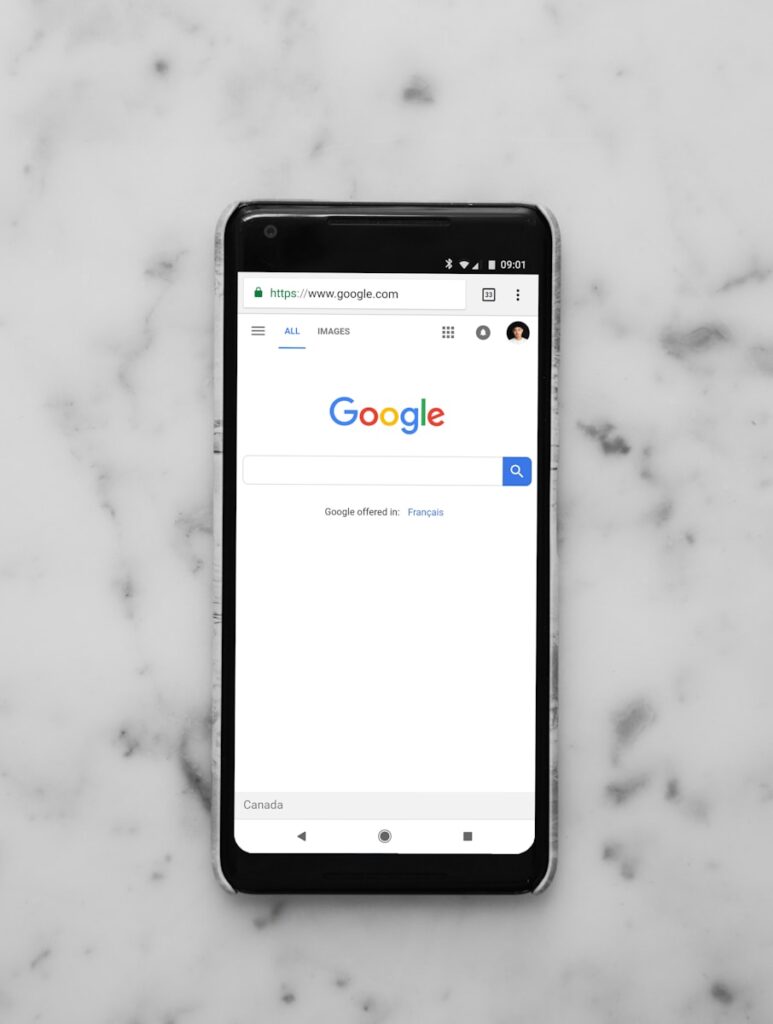
7. **Disabling Voice Recording on Google Assistant**: Just as Amazon offers robust privacy controls, Google also provides comprehensive mechanisms for managing voice recordings across all Assistant-enabled devices. This level of privacy control is one reason why many feel comfortable pairing their favorite security systems with Google Home, as it empowers users to tailor data retention to their comfort levels. Taking control of these settings is paramount for Google Assistant users seeking to protect their privacy effectively.
First, to ensure that Google is not storing your voice recordings going forward, you must adjust a key setting within your Google account. Visit myaccount.google.com and sign in to your Google account, then navigate to Data & Privacy > Web & App Activity. Crucially, uncheck “Include voice and audio recordings” to stop future voice storage. This is a significant setting as it affects all Google services, not just your smart speakers, providing a broad privacy enhancement across your Google ecosystem.
If you were previously opted into voice recordings, we strongly recommend deleting past data to clear your historical footprint. This can be done by visiting myactivity.google.com and filtering results by “Voice & Audio.” You can then select individual recordings for removal or use the “Delete all time” option for a complete removal of voice data from Google’s servers, ensuring permanent deletion. Similar to Amazon, Google also allows you to set recordings to delete automatically after a specified period of time. You can manage this by going to myactivity.google.com, navigating to Data & privacy > History settings > Web & App Activity > Manage Activity, and selecting ‘Keep activity for’ to choose your desired retention period, such as 3 months. Confirming these changes will apply the auto-delete policy to all Google services associated with your account.
Read more about: Voice Assistants: Navigating the Balance Between Convenience and Data Security
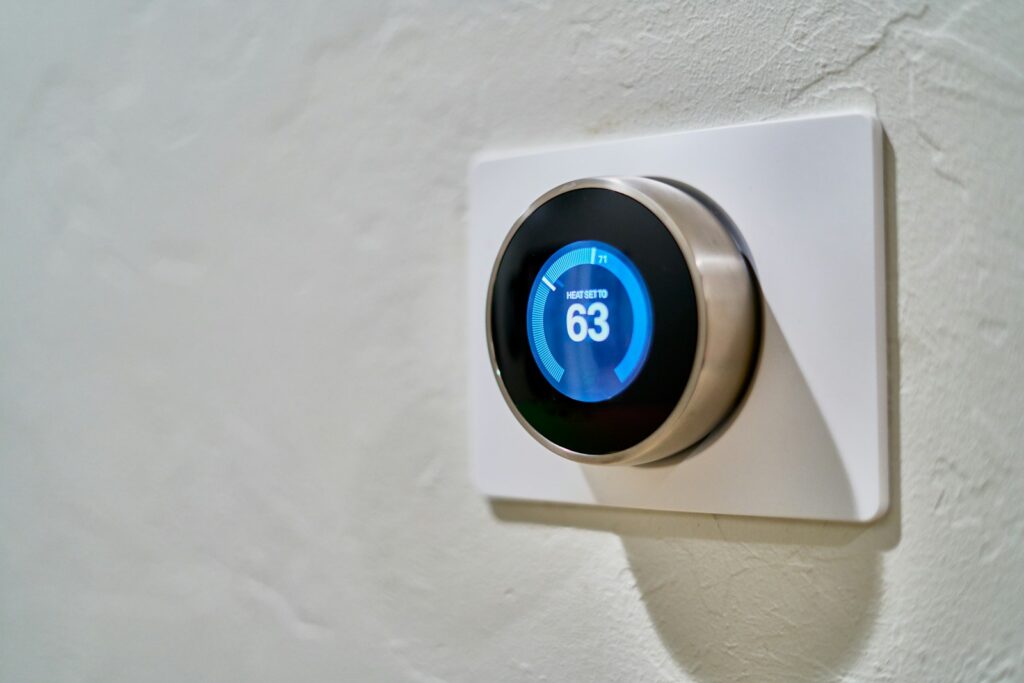
8. **Exploring Local Processing Smart Speakers**While cloud-based processing offers undeniable advantages in terms of computational power and evolving capabilities, it inherently carries privacy tradeoffs. For those who prioritize data sovereignty and wish to minimize the transmission of their spoken words to remote servers, a burgeoning category of smart speakers emphasizes local processing. These devices are engineered to understand and execute commands directly on their hardware, significantly reducing or even eliminating the need to send audio to the cloud for basic functions.
Apple’s HomePod and HomePod mini series stand out in this regard. Utilizing the company’s Neural Engine chip, these devices are designed to process the majority of Siri requests directly on the device itself. This on-device processing architecture means that sensitive voice inputs are often never sent to Apple’s servers, bolstering user privacy by keeping data within the confines of the home. Users can even see how Siri processed each request in their Siri Settings, offering transparency into what data remains local versus what is sent to the cloud for more complex commands.
Beyond the mainstream, innovative solutions like the Mycroft Mark II present an even more radical approach to local processing. This open-source smart speaker runs entirely on local hardware, requiring no cloud connectivity whatsoever for its fundamental operations. Such a design ensures that voice commands and personal data remain strictly within the user’s control, catering to a highly privacy-conscious audience that values complete autonomy over their digital interactions. While most features still rely on the internet to answer complex questions, its core functionality operates offline.
Furthermore, the Snips Voice Platform represents a technology that has been integrated into other popular devices, such as Sonos smart speakers. This integration allows these speakers to offer robust voice control functionalities without the dependency on cloud servers for processing voice commands. By enabling on-device recognition, Snips technology enhances privacy by ensuring that spoken instructions do not leave the local network, providing a compelling option for users seeking voice control with reduced cloud exposure.
Read more about: Google’s Digital Delights: 12 Essential Innovations That Shaped Our Connected World

9. **Leveraging Physical Privacy Controls**Beyond software settings and alternative devices, some of the most fundamental and foolproof privacy safeguards for smart speakers lie in physical controls. These tangible mechanisms offer an immediate and absolute way to prevent devices from listening, providing a crucial layer of security that software configurations alone cannot always guarantee. Understanding and utilizing these physical controls is paramount for comprehensive privacy protection in a smart home environment.
All major smart speakers, including those from Amazon and Google, incorporate physical mute buttons. These aren’t just software toggles; they are designed to electrically disconnect the microphones at the hardware level. When engaged, these buttons provide complete protection against voice recording, ensuring that no audio can be captured, processed, or transmitted, regardless of wake words or false activations. This hardware-level disconnection offers an unassailable barrier, giving users peace of mind that their conversations are truly private when they choose them to be.
Complementing these mute buttons, many devices also feature clear visual indicators that instantly communicate the status of their microphones. These indicators serve as a vital cue, confirming whether the device is actively listening or if its microphones have been disengaged. For instance, Amazon Echo devices display a red LED ring when they are muted, providing an unmistakable signal. Similarly, Google Nest speakers illuminate with orange lights when their microphones have been disconnected, and the Apple HomePod displays a red light when Siri is disabled.
These visual confirmations are indispensable for user confidence, eliminating ambiguity about the device’s listening state. They act as a constant, passive reminder of privacy settings, empowering users to quickly verify that their chosen safeguards are active. Our experts further recommend a practical, everyday approach to enhance privacy: consider placing smart speakers in common areas rather than more private spaces like bedrooms or home offices. This deliberate placement naturally limits exposure to sensitive conversations, adding another layer of physical control to your smart home strategy.
Read more about: Fortify Your Remote Fortress: 12 Essential Cybersecurity Strategies for US Remote Workers
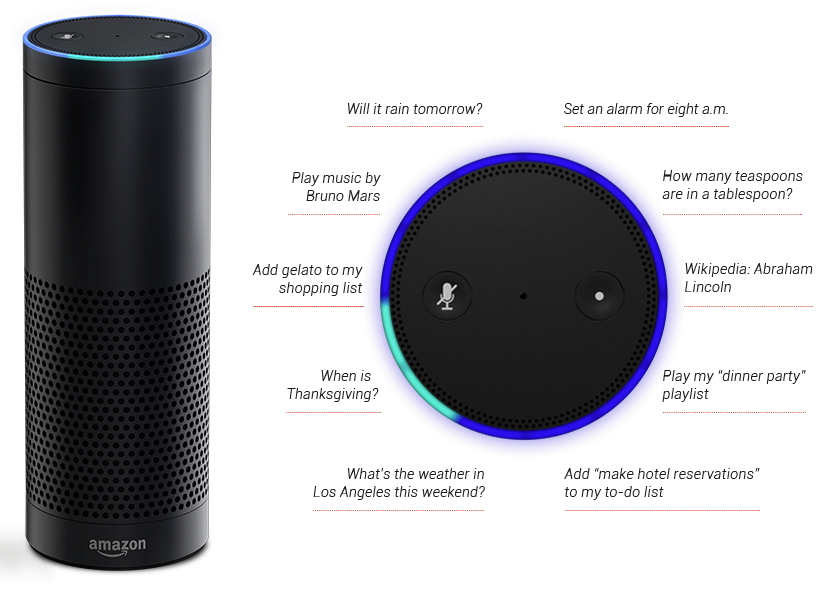
10. **Optimizing Amazon Alexa Privacy Settings**For the vast number of households utilizing Amazon Alexa-enabled devices, delving into the specific privacy settings available within the Alexa app is not just recommended, it is essential. While the previous section detailed how to disable voice recording, Amazon provides a suite of granular controls that can further sculpt your data footprint and significantly enhance your privacy posture. These settings, expertly curated, strike an optimal balance between functionality and robust data protection.
One fundamental recommendation for Alexa users is to enable automatic deletion of voice recordings after a specific period, ideally 3 months. This ensures that while recordings may be temporarily stored for service improvement, they are not retained indefinitely. Beyond this, it is crucial to disable “Use messages, calls, Announcements, and Drop In to improve services.” This setting, if left active, allows Amazon to utilize data from these communication features, potentially exposing more of your personal interactions than intended. Proactively turning this off helps to narrow the scope of data collection.
Another critical step involves turning off “Use voice recordings to improve Amazon services and develop new features.” While this data helps enhance Alexa’s capabilities, it also means your voice data contributes to Amazon’s machine learning models. Disabling this option prevents your recordings from being used for such purposes, reducing the extent of data processing. Furthermore, within your Amazon account settings, disabling “Interest-based ads” ensures that the insights gleaned from your interactions are not used to tailor advertisements that follow you across the internet, protecting you from targeted marketing based on your smart speaker usage.
Finally, to maintain vigilant oversight, our experts strongly recommend a monthly privacy audit. This routine involves checking your voice recording history and deleting any unwanted clips that may have been stored. This ongoing practice, combined with the optimized settings, ensures that you retain maximum control over your digital footprint, transforming a potentially passive data collector into a tool that respects your privacy choices while still delivering desired smart home conveniences.
Read more about: 11 Effortless Smart Home Gadgets for Seniors: Boosting Independence Without the App Hassle
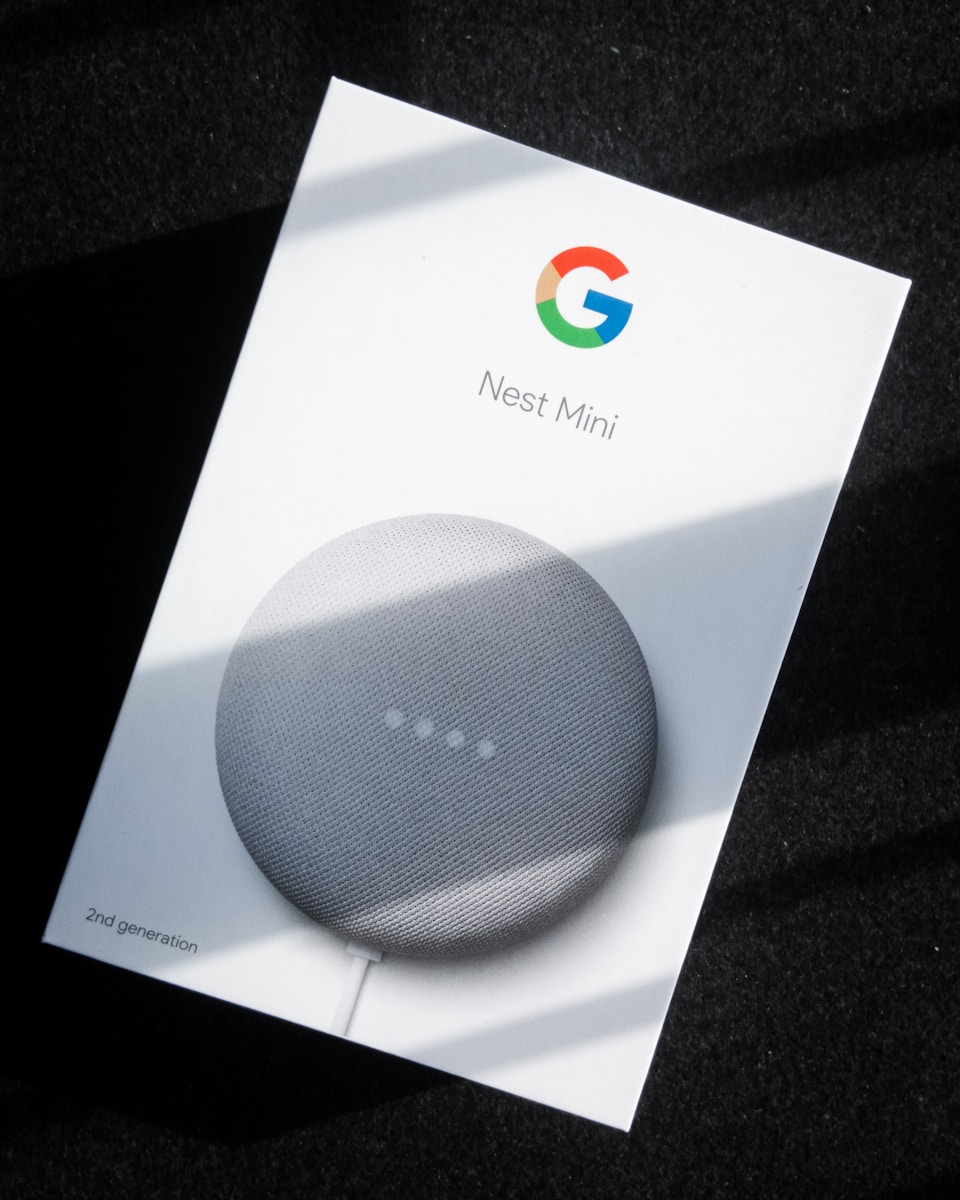
11. **Configuring Google Assistant for Enhanced Privacy**Google Assistant, a prevalent presence across a multitude of smart devices, also offers extensive privacy management tools designed to empower users with greater control over their data. While Google’s default stance on voice recording is more privacy-centric than some competitors, there are still critical configurations to implement to ensure your Assistant-enabled devices align with your personal privacy preferences. These expert-recommended settings are vital for anyone deeply integrated into the Google ecosystem.
An essential step is to set the auto-delete feature for your Web & App Activity to 3 months. Although Google does not store recordings by default, opting into this feature for other web and app activity ensures that all related data, including potential voice-derived insights, has a limited retention period. Coupled with this, explicitly disabling “Include voice and audio recordings” within your account’s Web & App Activity settings is paramount. This action prevents future voice data from being stored, applying broadly across all Google services, not just your smart speakers, thereby offering a comprehensive privacy enhancement.
Further refining your privacy requires attention to settings that govern personalized experiences. For shared devices, it is highly advisable to turn off “Personal results.” This prevents the Assistant from accessing your personal information, such as calendar entries or contacts, to deliver tailored responses, especially when multiple users interact with the device. Similarly, if several individuals use the same device, disabling “Voice Match” can prevent the Assistant from uniquely identifying and logging each person’s voice data, offering a more generalized interaction that sacrifices some personalization for heightened privacy.
Beyond these initial configurations, Google encourages users to conduct a regular review of their voice activity at myactivity.google.com. This allows you to inspect what data, if any, has been collected and to perform manual deletions as needed. By combining proactive setting adjustments with consistent monitoring, Google Assistant users can effectively safeguard their privacy, ensuring that convenience does not inadvertently lead to excessive personal data collection or retention.
Read more about: Unmasking the Price Tag: 11 Sneaky Smart Home Costs That Can Quietly Drain Your Wallet

12. **Implementing Advanced Privacy Configurations**For users with particularly heightened privacy concerns, or those seeking to build a truly robust smart home security framework, moving beyond the standard privacy settings is imperative. Advanced privacy configurations offer additional layers of protection, dissecting the ways in which smart devices integrate with your digital life and providing methods to compartmentalize or restrict data flows in more sophisticated ways. These expert-recommended measures can dramatically reduce your exposure.
One highly effective advanced strategy is Account Isolation. This involves creating dedicated accounts specifically for your smart home devices, distinct from your primary Amazon or Google accounts. The benefit here is twofold: it prevents your smart speaker activity from influencing your search, browsing, and advertising experiences on your main personal accounts, and it contains any potential data breach to a less critical profile. By segmenting your digital identity, you minimize the overall impact should any privacy vulnerability arise within your smart home ecosystem.
Another crucial area to scrutinize is Skill and Action Management. Smart speakers gain much of their functionality through third-party skills (Alexa) or actions (Google Assistant), which are essentially apps for your voice assistant. It is vital to regularly audit these installed skills and actions. We recommend removing any unused voice applications immediately, reviewing the permissions granted to the remaining skills, and limiting their access to sensitive personal information like calendars, contacts, or location data. This proactive management prevents dormant or unnecessary apps from silently collecting or transmitting your data.
Finally, activating Guest Mode as an always-on setting for your smart speakers offers a consistent privacy boost. Both Amazon and Google provide guest modes that prevent voice recordings from being associated with your personal account, or from influencing your personalized experience. By treating every interaction as if it’s from a guest, you ensure that your personal profile remains insulated from the majority of voice data collection. This simple yet powerful setting can fundamentally alter how your smart speaker interacts with and stores information about you, making it a cornerstone of an advanced privacy configuration.
Read more about: Don’t Get Muted: A Wirecutter Guide to Fixing Common Gaming Headset Problems Before You Buy Again

13. **Practical Strategies for Balanced Smart Home Use**Achieving smart home convenience doesn’t necessitate a complete abandonment of privacy, nor does rigorous privacy protection demand a return to analog living. The key lies in developing practical compromise strategies that harmoniously blend functionality with security. These approaches acknowledge the benefits of smart technology while strategically mitigating its inherent risks, allowing users to enjoy their connected homes without constant apprehension.
One highly effective strategy is Room-Specific Placement. By carefully choosing where to locate your smart speakers, you can significantly limit their exposure to sensitive conversations. Placing devices in common areas like kitchens and living rooms, where public interactions are more frequent, is recommended. Conversely, avoiding private spaces such as bedrooms and home offices, where intimate discussions or confidential work may occur, ensures that moments intended for privacy remain that way. This thoughtful placement is a simple yet powerful way to control data capture at its source.
Developing Time-Based Usage habits is another practical approach. Many users find that voice control offers the most value during specific activities, such as cooking, cleaning, or entertaining, when hands-free operation is particularly beneficial. By consciously deciding when to use voice commands versus when to manually control smart devices via apps or physical switches, you can create natural boundaries around data collection. Furthermore, teaching these practices to younger family members can instill crucial digital safety habits, safeguarding not only your privacy but also ensuring kids stay safe in the digital age.
A Mixed Device Strategy offers the ultimate flexibility. This involves combining cloud-based smart speakers for complex tasks with local-processing devices for privacy-sensitive areas. For instance, an Amazon Echo in the kitchen could handle cooking timers, music, and recipe look-ups, leveraging its extensive cloud capabilities for diverse functions. Simultaneously, locally-controlled smart switches or a HomePod Mini in bedrooms could manage lighting or alarms without transmitting voice data to external servers, providing a tailored approach that optimizes both convenience and privacy where it matters most.
Read more about: Mastering Midlife Fitness: The Essential Exercises Men Over 50 Need to Stay Strong, Mobile, and Injury-Free

14. **The Importance of Regular Privacy Maintenance**While initial setup and configuration of smart home devices are crucial, achieving and maintaining effective smart home privacy is not a one-time task; it demands ongoing attention and routine maintenance. The digital landscape, device features, and privacy policies are constantly evolving, making regular audits indispensable for ensuring your safeguards remain robust and aligned with your comfort levels. A proactive approach is the cornerstone of long-term privacy protection.
Our experts recommend conducting a Monthly Privacy Audit to keep a consistent pulse on your smart home’s data practices. This audit should include checking your voice recording history on platforms like Amazon and Google to delete any unwanted clips. It’s also vital to review connected services and revoke unnecessary permissions that third-party skills or applications might have accumulated over time. Additionally, updating device firmware regularly ensures that all your smart devices benefit from the latest security patches, closing potential vulnerabilities that could expose your data. Lastly, re-auditing third-party skills and removing any unused applications keeps your digital footprint lean and secure.
Beyond the monthly checks, an Annual Privacy Audit provides a more comprehensive review, allowing for strategic reassessments. During this annual deep dive, consider which devices truly need voice control, as your needs or preferences may have changed. It’s also an opportune moment to update your privacy preferences based on any new features or policy changes introduced by manufacturers throughout the year. Critically, take time to consider whether new privacy-focused alternative devices or solutions have emerged that might better meet your evolving needs, such as completely offline options or those with enhanced local processing capabilities. Finally, review and update passwords for all connected accounts, especially for your Amazon and Google profiles, reinforcing your digital perimeter against unauthorized access.
The Bottom Line: Making Informed Decisions
Read more about: Understanding the Road: Unpacking 14 Aggressive Driving Habits and Their Real-World Impact
Smart speakers have undeniably woven themselves into the fabric of modern convenience, offering a myriad of benefits that simplify daily life. However, this ease of use comes with a crucial caveat: the necessity for careful consideration of privacy tradeoffs. The comprehensive tips and strategies outlined in this article are designed to empower you, the user, to navigate this complex landscape. You absolutely can enjoy the profound benefits of smart speakers without unwittingly risking your privacy or compromising your personal data. For the vast majority of families and individuals, the optimal approach involves a thoughtful combination of implementing available privacy controls, establishing clear and intentional usage boundaries, and diligently maintaining regular oversight of voice recording activity. This balanced methodology ensures that your smart home remains a sanctuary of convenience and control, not a silent collector of your most private moments.




